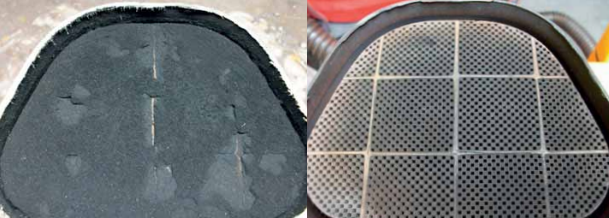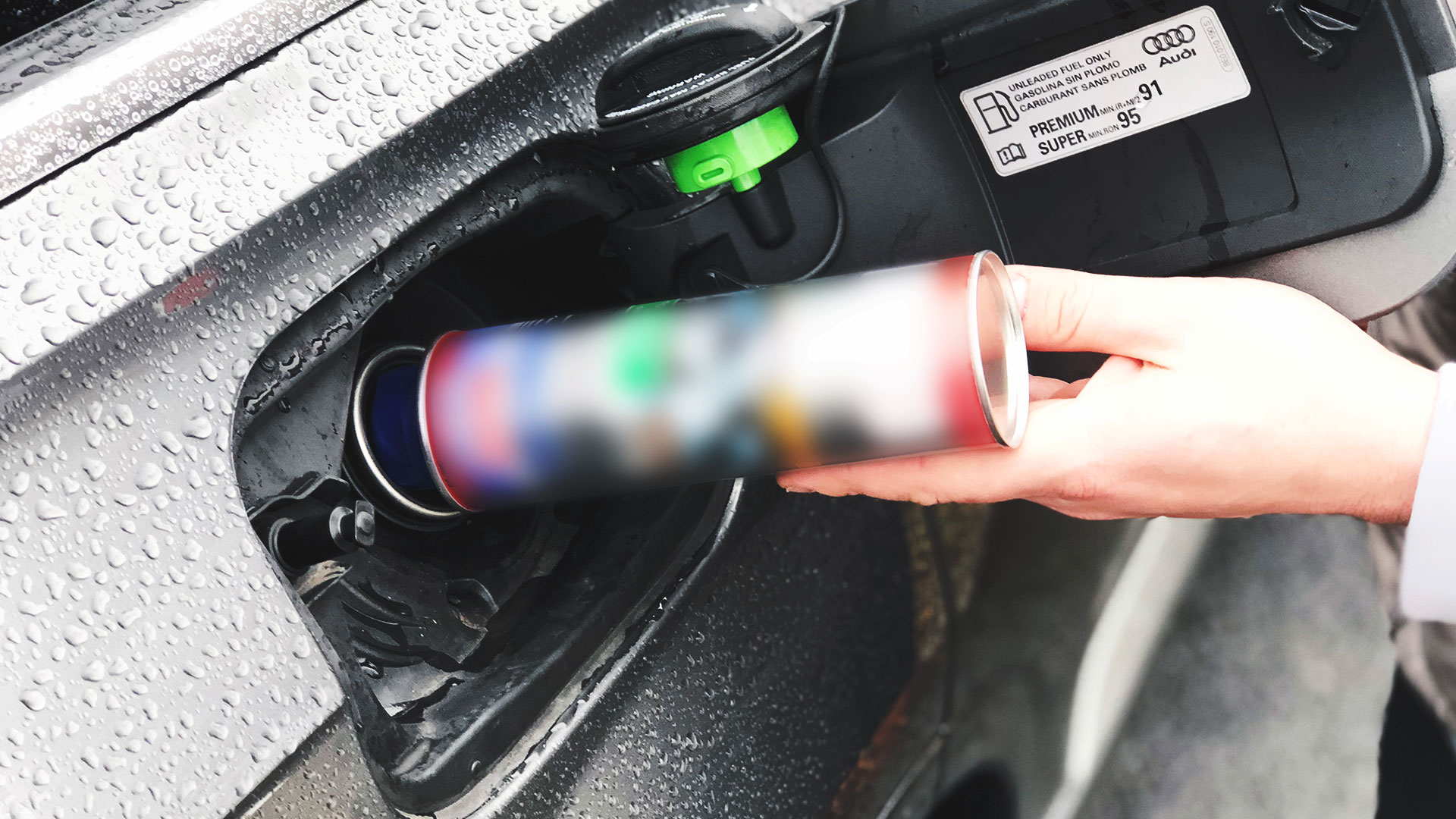Do DPF Cleaners Really Work?
We're an affiliate
We hope you love the products we recommend! Just so you know, we may collect a share of sales or other compensation from the links on this page. Thank you if you use our links, we really appreciate it!
Table of Contents
Diesel particulate filters are found in almost all modern diesel vehicles. Essentially this is a filter found within your exhaust system, to trap nasty soot and carbon emissions from entering the atmosphere. Increasingly stringent European vehicle emissions standards and increasing smog levels in UK cities are partly to blame.
Over time the soot particles that the DPF is capturing will begin to block and clog the filter itself. The blockages created can restrict airflow within the exhaust, this is not good news. Insufficient airflow prevents your engine running properly. Undeniably, this will lead to a variety of issues from poor starting and rough idling to “limp-home” modes being activated and even the potential for mechanical engine damage.
You don’t want to risk a breakdown then and know that the DPF in your vehicle will clog inevitably. These issues are only made worse by slow town driving and short journeys as the exhaust does not heat up enough for the DPF to function effectively.
There are essentially three options to prevent DPF woes and keep your diesel vehicle running strong. The first is removal of your DPF entirely, this will prevent issues and was commonplace a few years ago but is now illegal and could land you with a fine. Removing your DPF will also cause your vehicle to fail MOT tests. Secondly, you could pay for garage services to clear or replace your DPF, though will leave you without your car for a while and likely lead to a hefty bill. Lastly, DPF cleaning additives, promising to clear blockages for a lower outlay and from the comfort of your own home. Keep reading to learn how these additives work and how they could save you from embarrassing breakdowns and expensive garage labour bills.
How Do DPF Cleaning Additives Work?
A diesel particulate filter will clear itself if the exhaust system reaches a high enough temperature, achieved through sustained high-speed driving (regular long motorway drives). There-in lies the problem however, many diesel vehicles are not used solely for motorway journeys and even those that are struggle to reach sufficient exhaust temperatures.
DPF cleaning solutions allow blockages to be removed more efficiently at lower temperatures and safely remove soot particles from the filter, allowing airflow to return to optimal levels. The products mix with the diesel fuel in the tank, ensuring that when burned it creates less soot and that the contaminants created have a lower evaporation temperature than with regular diesel.
In plain English, after application soot will be cleaned from the DPF in normal driving scenarios. Essentially allowing the car to clean its own DPF filter, without the need for mechanical services or hardware intervention. Some formulas will also leave a coating on the filter itself that will help prevent blockages from reoccurring, solving current issues being caused by DPF blockage whilst helping prevent further issues appearing down the road.
What Are DPF Cleaning Additives Made Of?
The majority of DPF additives are built upon around metal-based chemical element. This chemical will mix with fuel in the tank before passing into the engine. As the fuel is combusted, these chemicals will actually survive that combustion process and bind to the soot particles created. Once embedded in the DPF this chemical will make it easier for the soot to be evaporated, purely from the heat of the exhaust. Common examples of these chemicals found in DPF additives include Iron and Cerium oxide.
How Long Does DPF Cleaner Take To Work?
Effectively, a DPF cleaner will go to work as soon as your start the vehicle (after application), gaining full effectiveness once the engine is up to proper operating temperature. Depending on the product selected, the entire process should take less than a couple hours, with some continuous driving at higher speeds recommended.
Our guidance would be to use the product and take your vehicle on the motorway to reach optimal temperatures. Additive manufacturers recommend re-applying whenever you see the common signs of DPF blockage occurring or every 1000-2000 miles depending on the product selected.
Before and After DPF Cleaning Treatment
As you can tell from the images below, a DPF cleaning additive can have a dramatic difference in the condition of the filter. A cleaner filter means better airflow and smooth, trouble-free running for your engine.

Which DPF Cleaning Additive Should I Buy?
The most important thing to consider when choosing a DPF product is whether the additive will work with your vehicle. Obviously, it needs to be a vehicle with a DPF fitted to see any benefits, while those using biodiesel fuel will need to choose carefully to ensure the additive is safe to use.
Competing brands offering slightly different benefits, such as less regular application, the ability to protect the DPF for long periods after use and the ability to clean other fuel system components such as injectors and fuel lines. Overall, we recommend that you choose a DPF additive from a brand with a stellar reputation, 5-star customer reviews and a suitable product for your vehicle. Follow this advice and you won’t go far wrong.
For more information check out our DPF Cleaner buying guide for 5 of the best DPF cleaners currently on the market.
Conclusion
Saving yourself from breakdowns and mechanical woes for such a small outlay seems like an unbelievable proposition. Many are quick to dismiss DPF cleaning additives as a money-making scheme and not something to seriously consider.
However, thousands of customer reviews, multiple internet articles and an entire line of products selling millions of units every year say differently. Customer feedback shows that most people see great success with additive DPF cleaners, while the few who don’t often find other issues not related to the DPF or may not have used the products correctly.
The minimal layout means you have little to lose, while the potential savings and efficient running means you have everything to gain. Keep your diesel car at it’s best and don’t let DPF issues ruin your day. Something with such a simple solution is surely a no-brainer and we here at Czok would always recommend that you prevent any issues before they occur.
If you liked this article, please share, leave a comment below and check out our other exciting articles.
Categorised in: Advice





